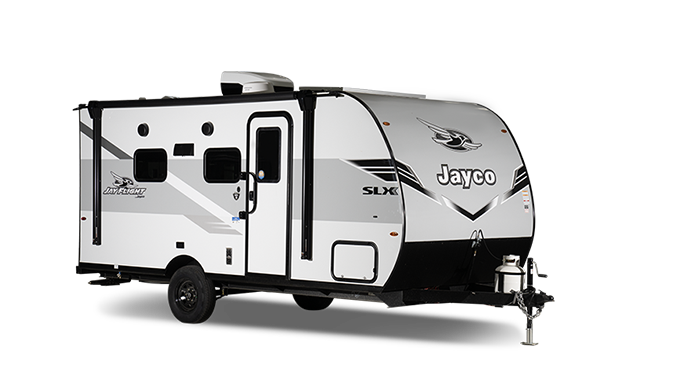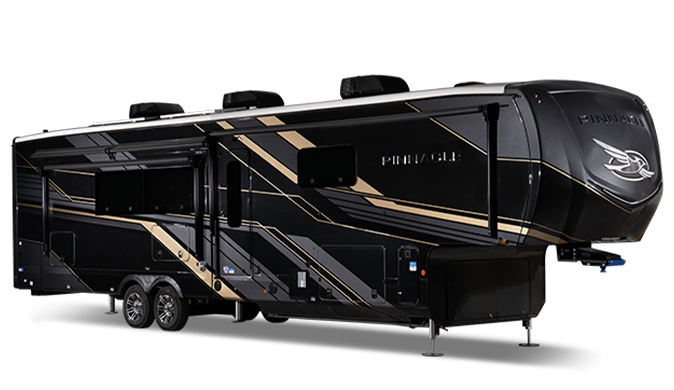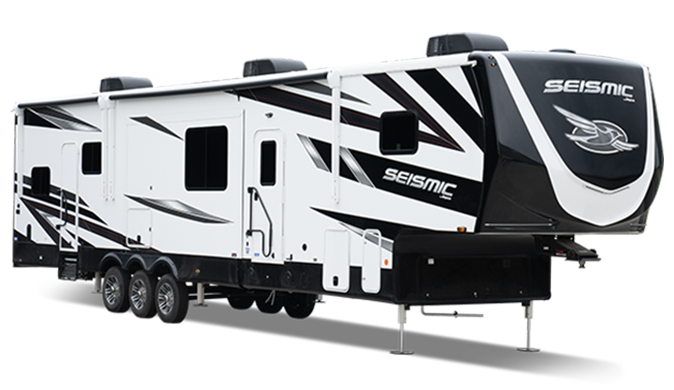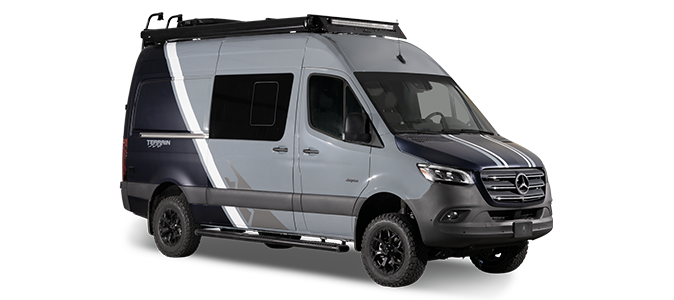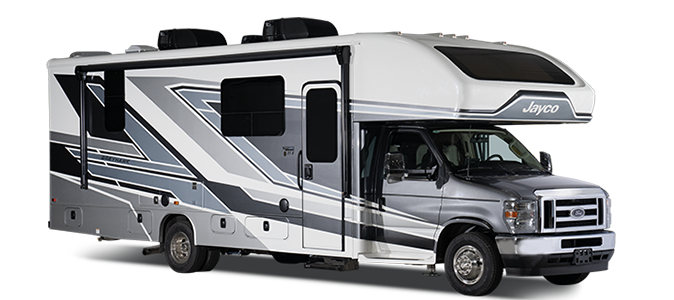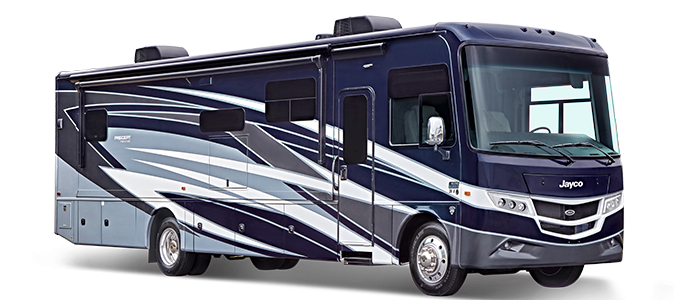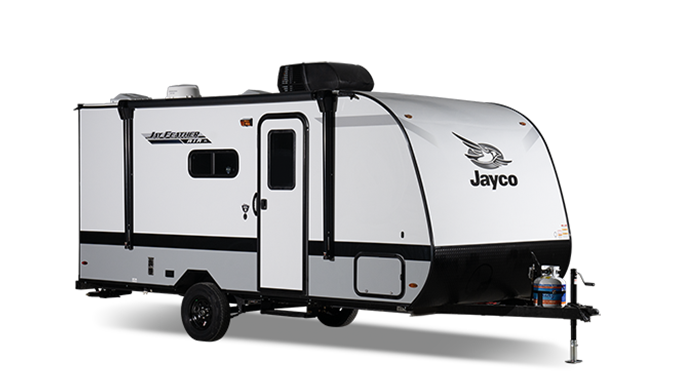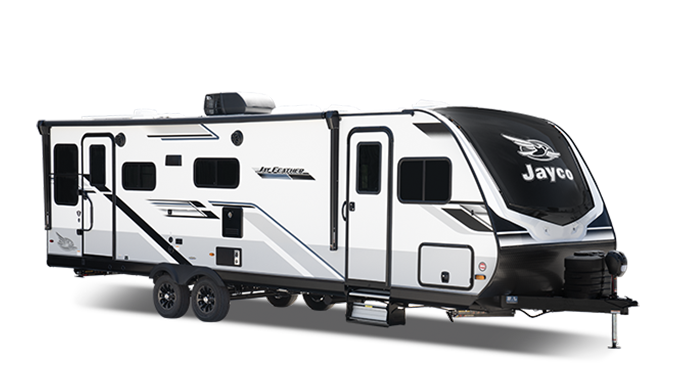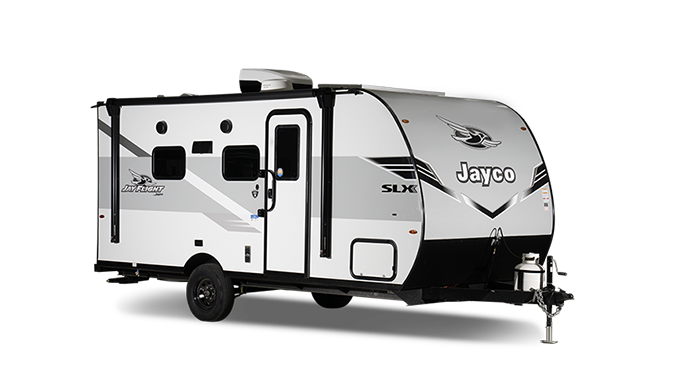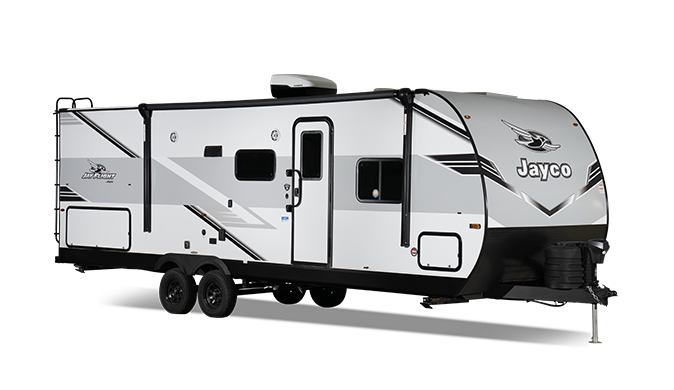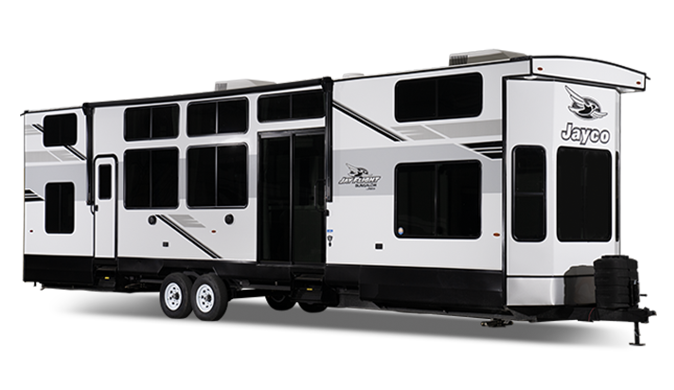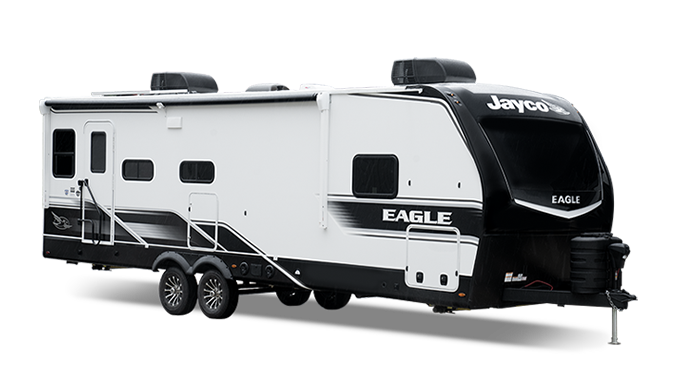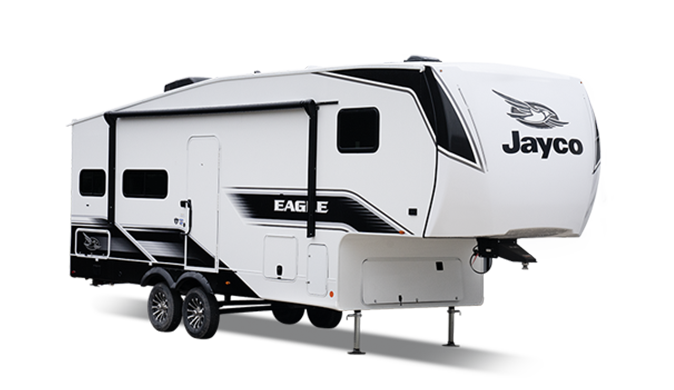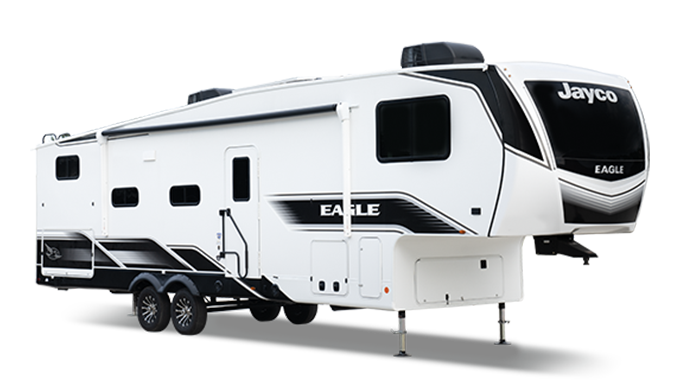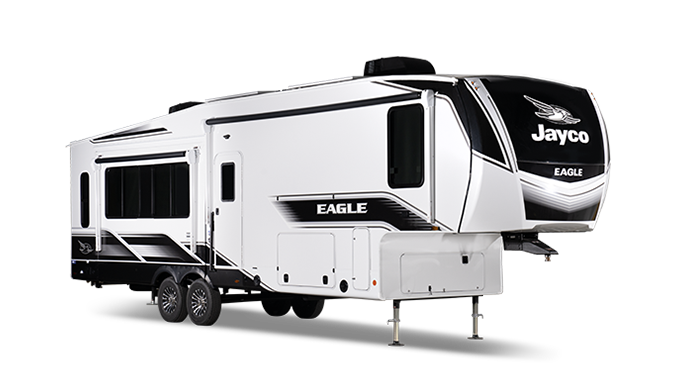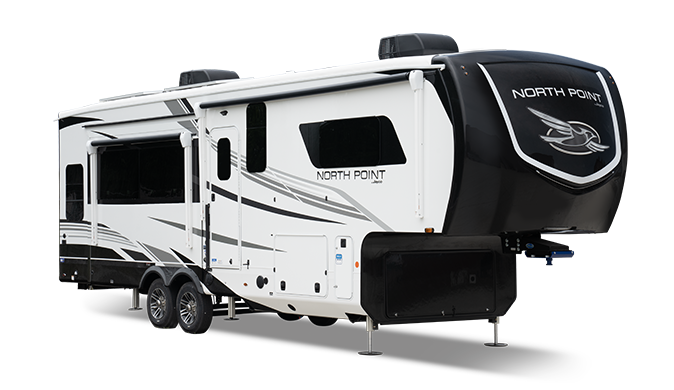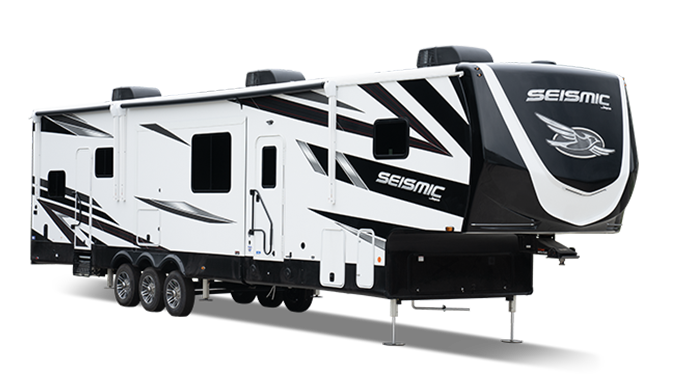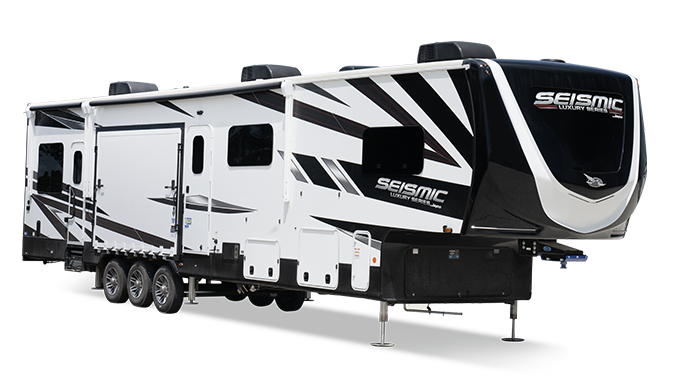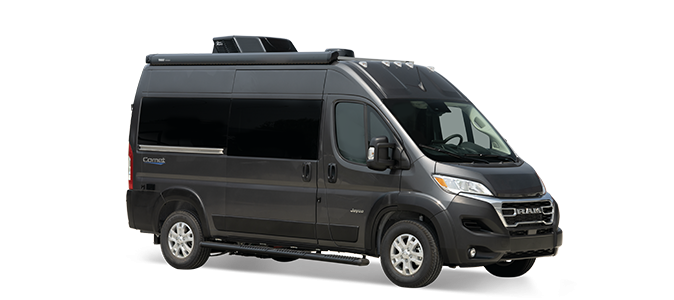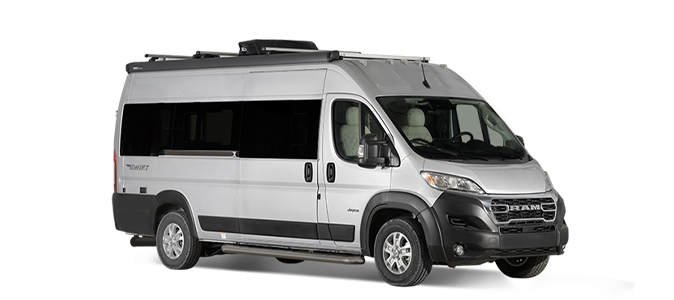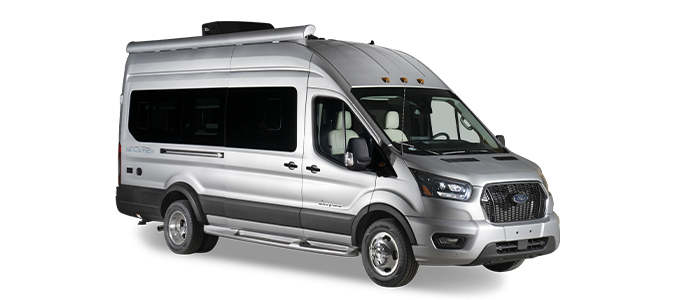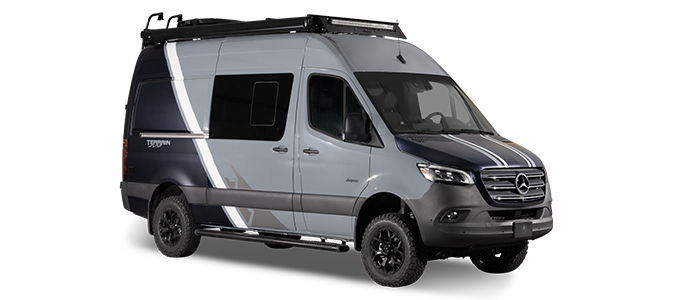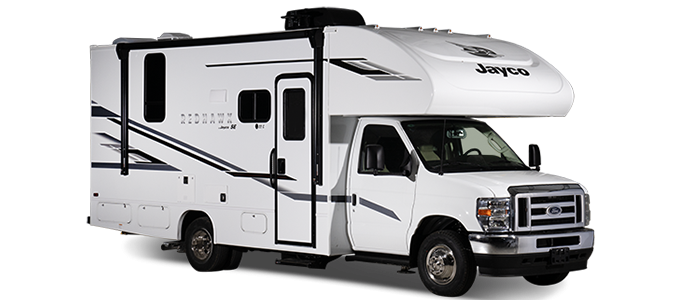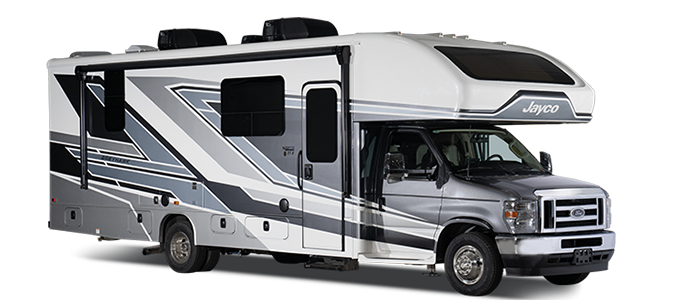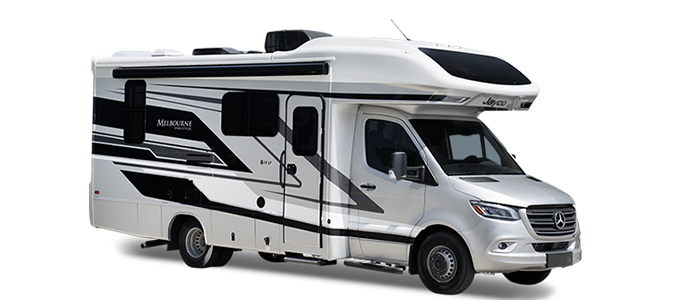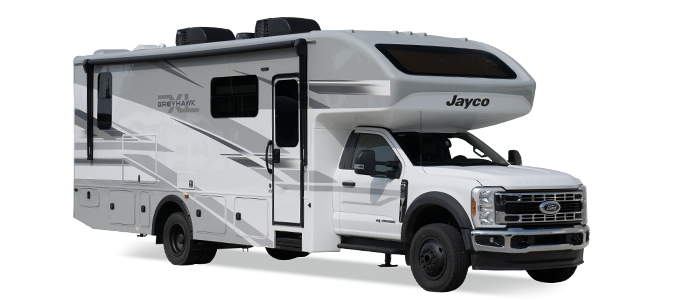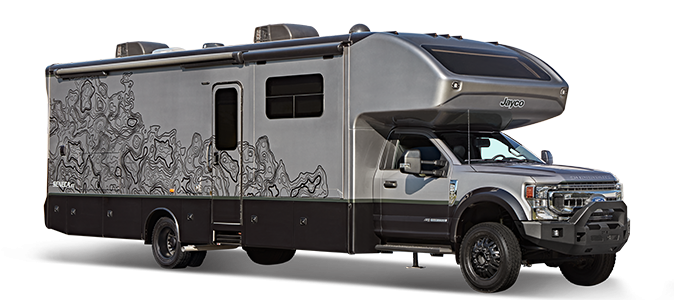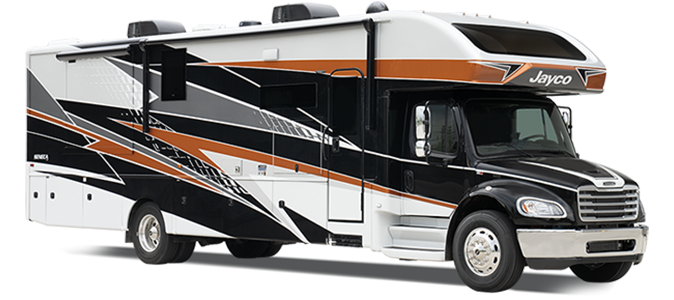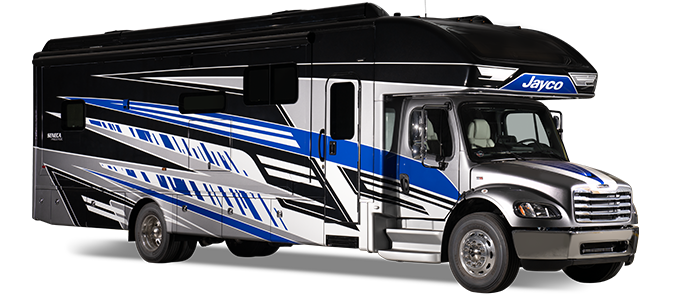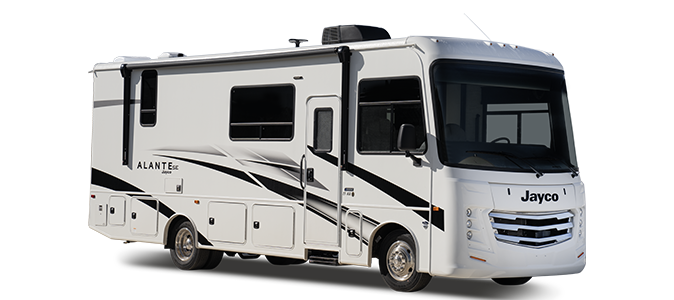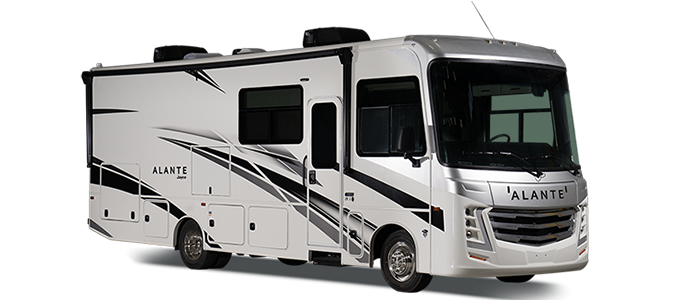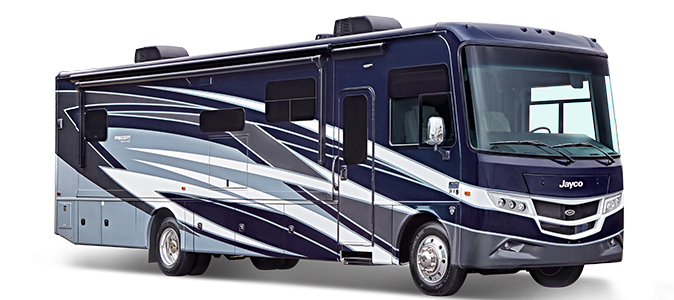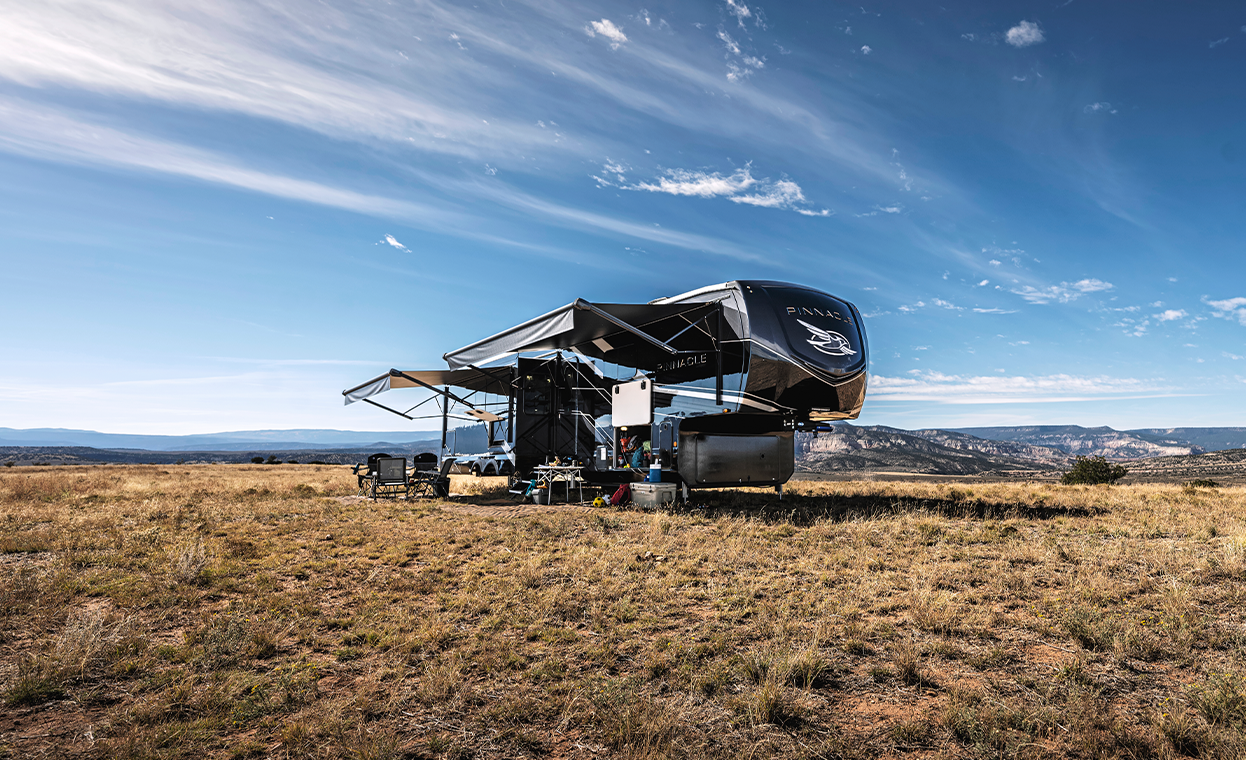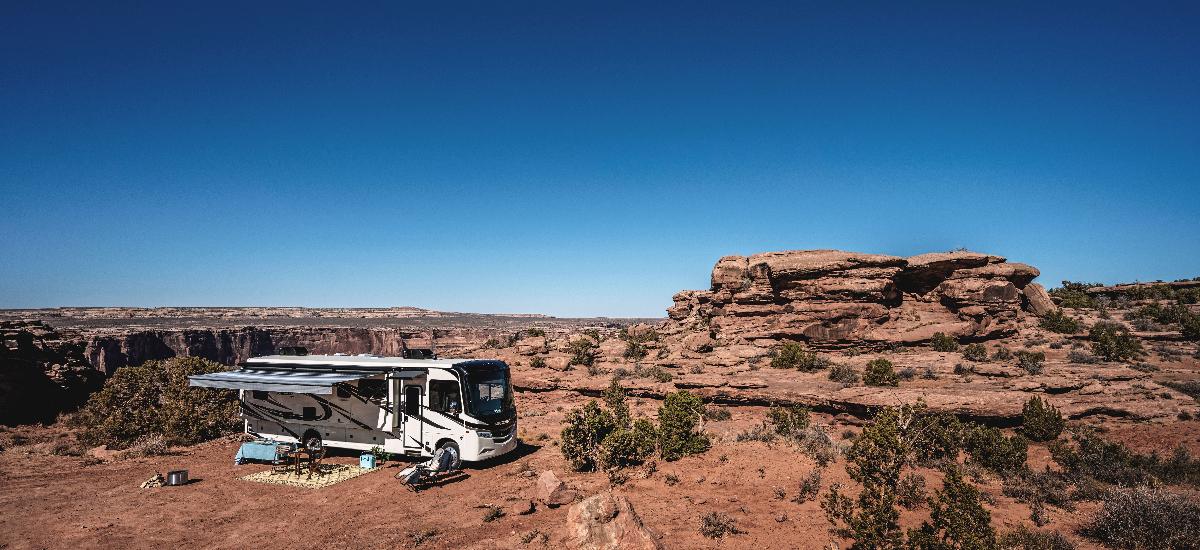Shopping for recreational vehicles (RVs) is exciting! RVs provide the opportunity to explore the open road and everything our country has to offer. Whether you’re new to RVs or you’re looking to upgrade from your current RV, you’ve got a lot of decisions to make. There are so many different varieties, and today’s modern RVs offer numerous floorplans, interior options, amenities, sleeping arrangements and more. In fact, if you’re new to all this it might even feel a little overwhelming. If that sounds like you, you’re in the right place.
To help you with your shopping experience, we’ve developed this quick RV class chart guide. In it, you’ll find a breakdown of the different categories and classes of RVs, including average sizes, weight and sleep capacities. We’ll also explore common questions you might have as you narrow down your options.
What Are the Different Categories of RVs?
At the highest level, there are two broad categories of RVs, those that are motorized and those that aren’t.
Motorized
Motorized RVs are often referred to as motorhomes. As the name suggests, these vehicles have an engine, so you’ll be driving your RV rather than towing it. Because motorhomes are self-contained units, you’ll have access to all of your amenities at all times—a great perk for long drives.
With motorhomes, you’ll only have one set of tires to take care of, although some can tow a small vehicle like a car behind it. When shopping around for motorized RVs, keep an eye out for the fuel type. Models typically run on gas or diesel, and you may have a preference for one over the other. Motorhomes are generally more expensive than non-motorized towable RVs, with the luxuries of home increasing along with model size.
Towables
Towable RVs, otherwise known as non-motorized RVs, are designed to be pulled behind a vehicle like a truck or SUV. There are several different types of towables, ranging from small, lightweight campers to large trailers that offer all the bells and whistles.
Towable RVs are generally sold at a lower price point than motorized RVs because there is no onboard engine. In fact, a perk of towable RVs is that you can unhitch and drive your vehicle around without having to worry about your RV. However, you’ll need to ensure that your vehicle can handle towing the RV you choose, and it’s important to note that there is a learning curve when it comes to towing an RV.
What Are the Classifications of RVs?
Now that we’ve broken down the two main categories of RVs, let’s get into more detail by talking about each of the main RV classes. In general, when you’re looking for the different models of RV, you’ll hear the following terms used quite often: Class A motorhomes, Class B motorhomes, Class C motorhomes, Toy Haulers, Fifth Wheels, Travel Trailers and Pop-Ups.
What Is a Class A RV?
Class A motorhomes are generally considered to be the largest motorized option available, though some Class C RVs are certainly as large. Class A motorhomes generally range in size from about 26’ to 40’ in length and can sleep 6 or more people. Their large size makes them a great option for traveling with family, kids or even a group of friends. Because of their size, most people choose to tow a vehicle behind their Class A RV for added convenience when not at a campsite.
Class A motorhomes truly provide a home-away-from-home experience, with queen or king beds, a kitchen, a bathroom, lounge areas, modern electronics and more. If you’re thinking about a Class A motorhome, you can’t go wrong with Jayco’s line of RVs, including the Alante, Precept, Precept Prestige and Embark.
What Is a Class B RV?
Contrary to what you might think, Class B motorhomes are the smallest category of motorized RV. They range in size from about 18’ to 21,’ and they’re sometimes referred to as camper vans. Class B RVs are typically designed to sleep two, so they’re a great option for on-the-go couples or solo travelers. And, due to their small size, Class B RVs are easy to drive in the city, country and anywhere in between.
At Jayco, our Class B motorhomes offer kitchen and bath amenities as well as comfortable sleeping and lounge areas. You’ll feel at home no matter where your adventures take you!
What Is a Class C RV?
Class C RVs are the happy medium between Class A and B motorhomes. They typically range in size from about 25’ to 35’ in length, and they kind of look like a moving truck at first glance. Class C motorhomes sleep between 4 and 9 people, making them a great option for smaller families or big groups of friends looking to get out and explore the country.
The primary difference between Class A and Class C RVs is that Class C RVs offer a stationary cab-over bunk while Class A RVs have a movable cab-over bunk that can be lifted out of the way for panoramic views. In other words, Class C motorhomes offer the same modern creature comforts that Class A motorhomes offer. With multiple sleeping areas and a modern kitchen and bathroom, you’ll find everything you need in either option—it all depends on your travel needs.
What Is a Fifth Wheel?
Moving into the towable offerings, a fifth-wheel is one of the largest types of towable campers. Fifth wheels are towed via a horseshoe-shaped hitch that’s installed in the bed of a truck. When shopping for a fifth wheel, it’s important to keep towing capacity in mind, as they can weigh between 7,880 to 14,500 pounds. Fifth wheels can range in size from 29’ to 45’ in length, putting them on par, size-wise, with Class A motorhomes. Models can sleep between 8 and 11 people, making them a great option for big families!
Fifth wheels can be a truly luxurious RV, offering stylized interiors, modern appliances, home entertainment systems, the option for multiple sleeping quarters and more. You’ll also find a wealth of storage, perfect for packing anything you need for your adventure.
What Is a Travel Trailer?
Travel trailers are one of the most popular RV options available—and for good reason. Wondering, “what are the different sizes of travel trailers?” They can range in size from 13’ to 40’ in length, which means there's an option for everyone. They come in ultra-lite to half-ton models or more, so they can weigh between 1,585 and 12,500+ pounds. Depending upon the size you’re looking for, travel trailers can sleep between 3 and 14 people, making them ideal for couples, families and friends! All of our Jayco Travel Trailers come with modern features, including sleek interiors, kitchen appliances and a bathroom so you can be totally comfortable wherever you’re camping.
Because travel trailers are a towable RV, you’ll need an SUV or truck that’s powerful enough to haul it via a hitch. When shopping for travel trailers, look out for how heavy they are. And, before you start shopping, understand how much your vehicle can pull. Not sure? Our RV towing FAQ provides some insight into what you need to look for.
What Is a Toy Hauler?
A toy hauler is a fifth wheel or a travel trailer that includes a garage area in its rear. This large storage area allows you to easily bring your motorcycle, golf cart, kayak or bicycle along with you for your trip. If you’ve got gadgets and you’re looking to explore the country, a toy hauler is a must-have!
At Jayco, our toy haulers range in size from 26’ to 47’ in length and 5,785 to 16,000 pounds in weight, with options to sleep up to 10 people. All that means you’ll have plenty of space to haul your toys without having to sacrifice comfort or features.
What Is a Pop-Up?
To round out our RV chart, we’re finishing with pop-up campers. Pop-up campers generally range in size from 8’ to 16’ while packed, but they can grow to about double that size when popped up. Most pop-ups weigh somewhere between 700 pounds to 4,000 pounds, and they’re generally designed to sleep between 2 and 8 people.
While pop-ups can be affordable, you need to be prepared for a longer set-up time than with any other towable option, including hooking up facilities, reassembling the kitchen, unfolding furniture, making beds and more. For a little more money, you may be able to purchase a small, lightweight travel trailer that’ll give you more features and a lot less setup and teardown.
What Type of RV Should I Purchase?
Whether you’re just starting out in the world of RVs or you’re looking for an upgrade, it can be a little overwhelming. RVs are a sizable investment—and something you’ll have for hopefully many years to come. Finding the perfect fit for your family and your memories is crucial. We recommend you keep the following things in mind when shopping around:
- Do you want a motorized or towable RV?
- How often will you use your RV?
- Will you park and camp or will you move locations often?
- What hauling capabilities do you want with your RV?
- How much weight can your current vehicle tow?
- How many people will be traveling with you?
- What features and amenities do you want? Need?
- What is your budget?
With all that said, here are a few questions you might have as you start to narrow down your options.
What Is the Difference in Class A, B and C RVs?
At first glance, the main difference between these three types of motorhomes comes down to storage and sleeping quarters. Before shopping, think through how many people you’ll travel with and what your storage needs are.
The other primary difference between the three variations of motorized RVs is the chassis. A chassis is a weight-bearing framework used in the construction of vehicles. Class A motorhomes are built on a bus or commercial truck chassis, Class B models typically use a van chassis, and Class C models are built on a smaller commercial truck or cutaway van chassis. All that to say, no one category is better than another, it all comes down to your travel needs!
Which Is better: A Class B or C RV?
If you’re considering a smaller motorized RV, you might be wondering if a Class B or Class C RV is the better choice. And the truth is, they’re both great! It really comes down to your specific wants and needs. Here are some general things to consider.
Class B RVs are an excellent choice for solo-travel or for traveling with your spouse or significant other. They’re smaller, which means they can be driven comfortably in both urban and rural locations, and they can be ideal for hard to access campsites. They may not offer as many features and amenities (in large part because of their size), so they’re perhaps best suited for light packers.
Class C RVs, on the other hand, are a great option for a wide variety of people. Smaller Class C RVs are great for couples who want to eventually start a family, for small families, or retired couples. Larger Class Cs, however, can accommodate quite a few people. In general, Class C RVs offer more room than a Class B RV. Class C RVs offer plenty of storage space and more amenities than some Class B RVs, so your family will have more access to the comforts of home.
Is a Fifth Wheel or a Travel Trailer Better?
Both are great options, to be honest! It all comes down to what your needs are. Let’s explore some of the primary differences.
Towing a fifth wheel requires a truck. So, if you’ve already got a truck or you’re in the market for a new vehicle, it can be a great option. Some newer RV towers do find fifth wheels to be a better towing experience since the hitch is in the truck bed, not the back of your vehicle. On the flip side, fifth wheels can be quite heavy and generally have a higher price point than travel trailers. Additionally, because the hitch is located in the bed of the truck, fifth wheels do take up your truck storage space.
Travel trailers come in all shapes and sizes, which is just one of the reasons they’re our most popular towable RV. They can be hauled with a truck or large SUV, which may align better with your current vehicle. Some do find the towing experience slightly more difficult with a travel trailer, but most find that with a bit of practice it’s an easy drive.
Find Your Next Adventure with Jayco
When you’re ready to explore the open road, you want an RV you can trust. Since 1968, Jayco has set out to be the leader in innovative RVs that offers you and your family a safe, comfortable, and fun way to get away from it all.
That’s why we’ve created the industry’s best warranty. Our 2+3 warranty is twice as long and offers much more coverage than any other manufacturer. Not only that, but Jayco RVs come built with American-made Goodyear® tires, a Magnum Truss™ roof, custom frames and more. All of this comes directly from us, because we believe in the work we do and we count you as a part of the Jayco family from day one.
Ready to get started? Check out our full line of RVs or connect with a Jayco dealer today.

